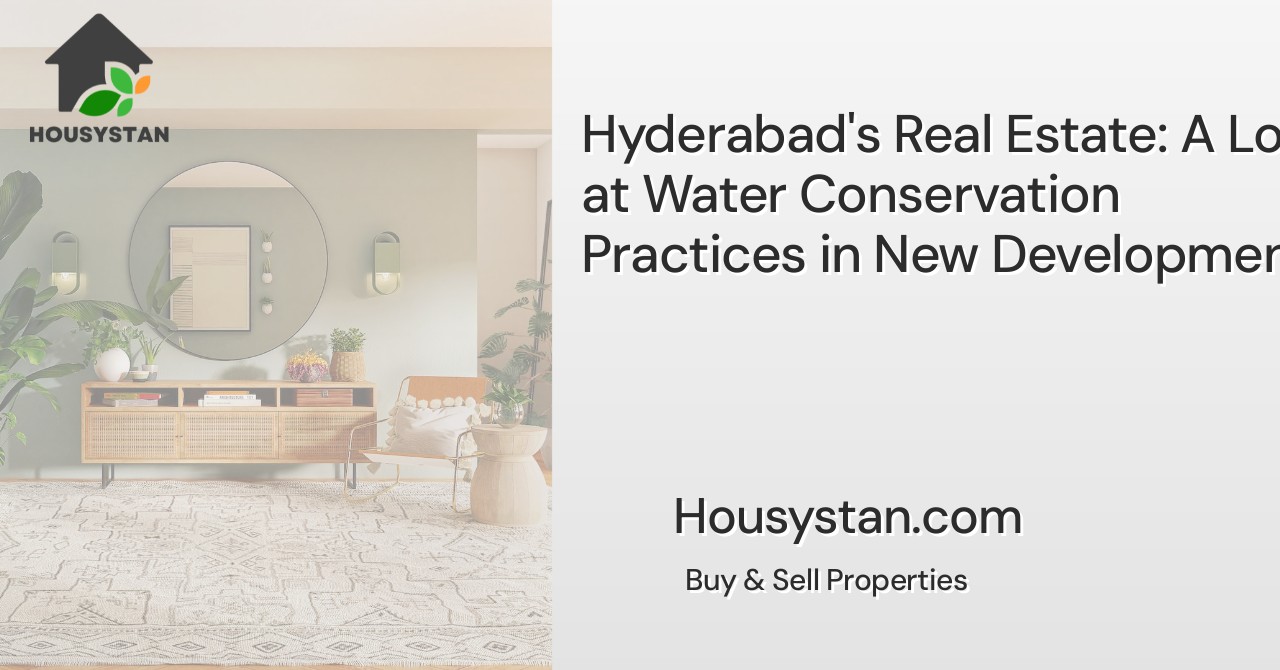Hyderabad's Real Estate: A Look at Water Conservation Practices in New Developments
Read latest blogs and articles from Housystan

The Information mentioned here was last updated on:
31/12/2025Hyderabad’s real estate landscape is rapidly evolving, driven by a surge in innovative housing and commercial projects. As urbanization accelerates, sustainable living has emerged as a crucial focus, particularly when it comes to water conservation. In response to the city’s climate and growing population, property developers in Hyderabad are adopting forward-thinking water management strategies within new developments. These efforts not only help preserve the region’s water resources but also ensure long-term value for residents and investors.
Modern residential complexes and commercial spaces across Hyderabad are increasingly designed with advanced rainwater harvesting systems. These installations capture and store rainwater, reducing dependence on municipal supplies and lowering utility costs. Many gated communities in prime localities such as Gachibowli, Kondapur, and Hitec City are integrating these features as standard practice, reflecting a citywide commitment to eco-conscious living.
In addition to rainwater harvesting, numerous projects are implementing efficient wastewater treatment plants. These facilities recycle greywater from kitchens and bathrooms, making it suitable for landscaping, flushing, and other non-potable uses. This approach significantly reduces the demand for fresh water and promotes a circular water economy within each development. Furthermore, builders are utilizing permeable paving and green landscaping to enhance groundwater recharge, particularly essential in Hyderabad’s semi-arid climate.
- Verified Tenants/Buyers
- Unlimited Property Listing
- Zero subscription/charges fee
Another notable trend is the installation of smart water meters and leak detection systems. These technologies empower homeowners and building managers to monitor consumption, identify wastage, and adopt water-saving habits. Developers are also encouraging the use of low-flow fixtures, dual-flush toilets, and water-efficient appliances in all new constructions, helping to minimize daily consumption without compromising on comfort or quality.
As Hyderabad continues to grow as a real estate hotspot, water conservation is becoming a key differentiator for premium projects. Buyers and tenants increasingly prioritize sustainability and resource efficiency when choosing properties in the city. Through these innovative water management solutions, Hyderabad is setting a benchmark for eco-friendly urban development, ensuring a greener, more resilient future for all its residents.